Circle games are essential components of kindergarten play, providing young children with opportunities to develop crucial social, emotional, and physical skills. When you incorporate these simple yet powerful games into the classroom, you encourage cooperation, listening, and synchronization among your students. These group activities not only foster a sense of community and teamwork but also serve as an excellent way to transition between lessons or to re-energize the class.
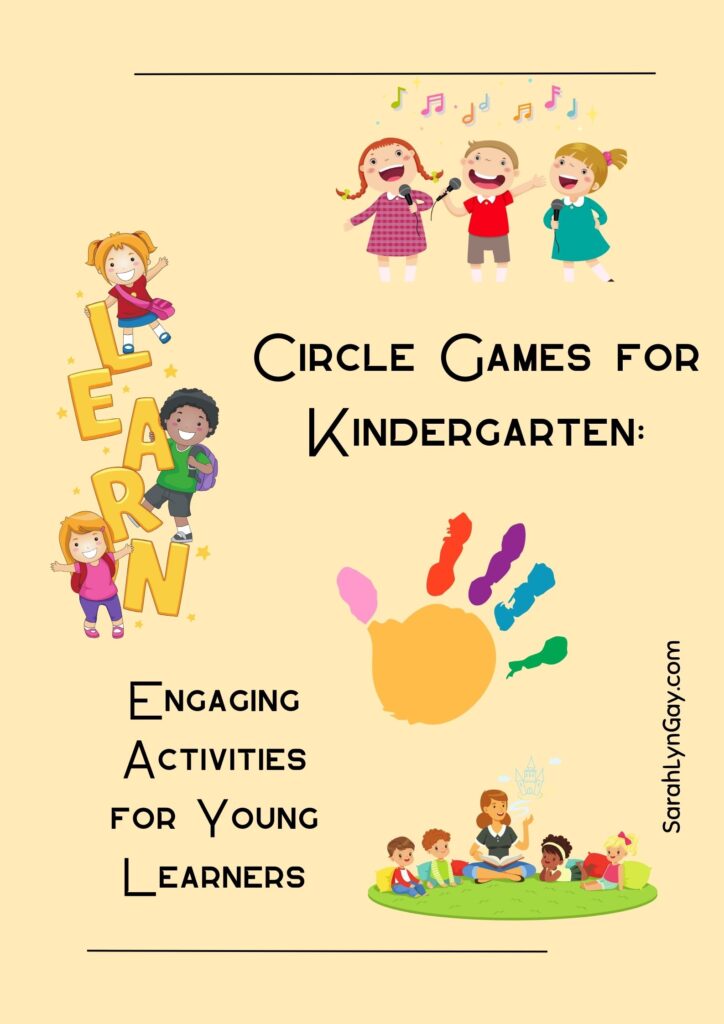
Incorporating circle games for kindergarten offers a structured yet flexible teaching method that can adapt to the varying energy levels and interests of children.
Whether it’s a classic game of ‘Duck, Duck, Goose’ or innovative activities that involve problem-solving and working together, these games are designed to be inclusive, requiring little to no equipment and catering to children of all skill levels.
Engaging in circle games helps to enhance attention spans, improve motor coordination, and build communication skills, making them a must-try for any effective kindergarten program.
Understanding how to implement these activities is crucial for maximizing their benefits. With a variety of games available, such as using picture cards or snap cards for ‘Snap’, or opting for no-contact games that respect personal space while still promoting interaction, you can select the appropriate game to match your teaching objectives.
Preparing circle games with clear instructions and objectives ensures a smooth and enjoyable experience for both you and your students.
Benefits of Circle Games for Kindergarten
Circle games are more than just fun; they’re a dynamic tool for your kindergartners’ growth. You’ll witness the strengthening of their social bonds, motor skills, and cognitive abilities.
Promoting Social Skills
Circle games require your kindergartners to interact directly with their peers. For instance, when playing a game such as Pass The Smile, children practice eye contact and turn-taking. These games nurture communication and cooperation, as each child learns to wait for their turn and engage with others in a respectful manner.
Enhancing Motor Development
The physical activity involved in circle games is key for refining motor skills in young learners. Activities such as stand in a circle and spell incorporate movement with learning, as children must point to peers and sometimes perform actions as part of the game. This enhances their fine and gross motor skills while maintaining a fun and engaging environment.
Supporting Cognitive Growth
Circle games present your kindergartners with opportunities for cognitive development, such as memory enhancement and problem-solving. When they engage in games that involve following sequences or rules, like those that include identifying numbers, letters, shapes, colors, they’re actively sharpening their minds while enjoying the rhythm of play.
Essential Elements of Circle Games
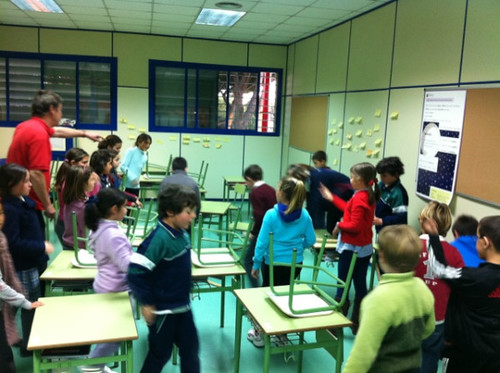
Circle games are an engaging way to encourage interaction and learning among young children. These games capitalize on group dynamics and are designed to be inclusive and supportive of various learning objectives.
Game Structure
Your circle games should have a clear beginning, middle, and end. The structure is crucial for maintaining engagement and order. In the beginning, set the tone and objectives of the game. The middle is where the main activity occurs and should be paced correctly to maintain energy.
The end should provide closure and often includes a brief discussion or feedback session to reinforce the game’s learning outcomes.
Rules Simplicity
Keep the rules simple and easy to understand. Your kindergarten students thrive on clear and concise instructions. This simplicity helps prevent confusion and keeps the focus on the fun and educational aspects of the game. Having too many complicated rules can be overwhelming and may detract from the enjoyment and educational value of the activity.
Safety Considerations
Safety is paramount. You need to ensure the physical space is secure and free of hazards. Games should promote gentle physical activity to minimize the risk of injury. Also, consider the emotional safety of participants; activities should not single out or embarrass any child. Creating an environment where all children feel safe and confident to participate is essential for a positive circle game experience.
Popular Circle Games for Kindergarten
Circle games are an excellent way to encourage interaction, physical exercise, and cooperative play among kindergarteners. These games often require minimal to no equipment and can be played both indoors and outdoors.
Duck Duck Goose
In Duck Duck Goose, you sit in a circle while a selected “It” walks around tapping heads, saying “duck” for each tap until choosing one to call “goose.” The “goose” then jumps up, and the chase around the circle begins, aiming for the vacant spot. It’s a classic for developing agility and anticipation.
Hokey Pokey
The Hokey Pokey is a singing game where you follow instructions in the lyrics to put different body parts in and out of the circle. It’s a playful way to teach body part recognition and left from right, as well as coordination. As you sing and dance, “you put your right hand in,” follow it with “you put your right hand out,” and shake it all about.
Ring Around the Rosie
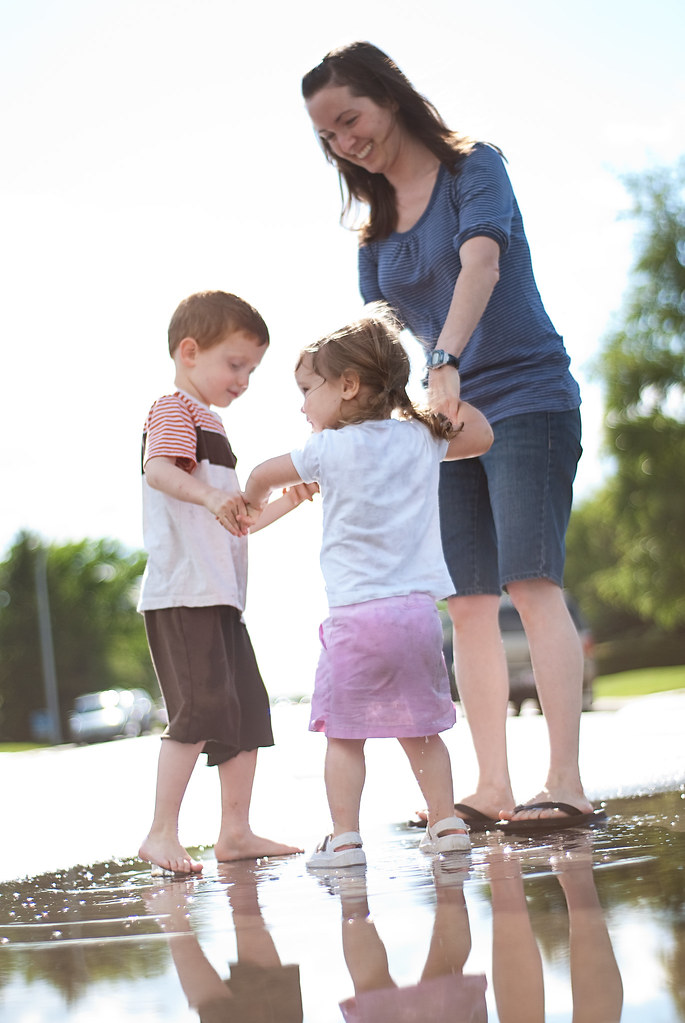
Ring Around the Rosie is a simple and inclusive game with historical roots. Holding hands and moving in a circle, you and your peers walk to the rhyme until the words “we all fall down,” leading to everyone dropping to the ground. It’s a gentle way to encourage rhythmic movement and unity in play.
Each of these games can be accommodated to diverse skill levels and are ideal for developing various skills from social interaction to physical coordination.
Guidelines for Leading Circle Games
When you lead circle games in a kindergarten setting, it’s important to facilitate activities that engage all children while accommodating various skill levels.
Facilitation Techniques
To effectively lead circle games, establish clear rules and model the activity before beginning. Use a loud and clear voice to give instructions and maintain children’s attention. Incorporate visual aids or props when possible to enhance understanding. Remember to keep the games short and dynamic to match the kindergarteners’ attention span.
Inclusion of All Participants
Ensure every child is included by choosing games that allow for equal participation. Monitor the group dynamics closely and encourage turn-taking to foster a sense of fairness. If you notice a child being left out, gently steer the game to involve them.
Adapting Games for Different Skill Levels
Children have diverse abilities, so tailor the complexity of the game to ensure it’s neither too easy nor too difficult. For example, when playing a spelling game, you might start with simple words before progressing to more challenging ones. Be prepared to modify the rules on the fly to keep all participants engaged and successfully participating.
Incorporating Learning Objectives
Circle games are not just about fun; they can be fantastic tools for educational development. Through structured play, you can target important learning objectives such as alphabet recognition, counting skills, and color and shape identification.
Alphabet Recognition Games
To boost alphabet recognition, you can introduce games where each child is assigned a letter and must respond or act when their letter is called out. For instance, in the Alphabet Name Game, children sit in a circle and pass a ball to the person who has the next letter in the alphabet starting with their own name’s first letter. This enhances their ability to identify and sequence letters.
Example Game:
- Letter Ball Pass
- Objective: Recognize and sequence the alphabet.
- How to Play: Sit in a circle, start with ‘A’ and pass a ball to the right; each child says the next letter until ‘Z’ is reached.
Counting and Number Games
Involve children in counting games where they must count objects or actions within the circle. A game such as Count Around involves children counting up in unison as they each take a turn. This reinforces number sequencing and counting skills.
Example Game:
- Count the Beat
- Objective: Practice counting and number recognition.
- How to Play: Clap and count aloud as a group, increase the number with each rotation around the circle.
Color and Shape Identification
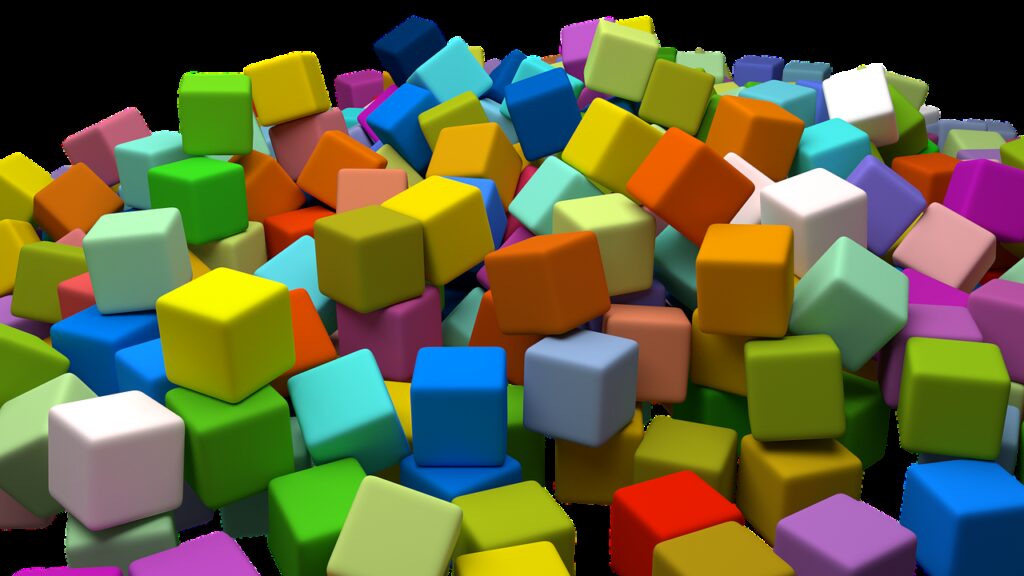
Use props of different colors and shapes in games that ask children to identify and classify them. With Color Match-Up, for example, children pass around objects and must name the color and shape when holding the item, promoting visual identification and language skills.
Example Game:
- Shape Hunt
- Objective: Identify various shapes and colors.
- How to Play: Place various shaped and colored objects in the center, call out a shape, and have the children find and hold up the corresponding item.
Tips for Keeping Children Engaged
Engaging children during circle time requires a careful balance of activities that cater to their energy levels and interests. Here, you’ll discover specific strategies that can help maintain their attention and participation.
Variety in Game Selection
To keep your circle time dynamic and interesting, rotate through a range of games that challenge different skills. Children are more likely to stay engaged when they anticipate something new. For instance, alternating between quiet games like “Duck, Duck, Goose” and active ones that require movement can cater to varied energy levels.
Using Music and Rhythm
Incorporate songs and rhythmic activities as they are excellent for capturing young minds. Movement songs like “The Hokey Pokey” encourage participation and physical activity, which is crucial when children have been sitting for a while. Utilizing instruments like clapping hands or shaking maracas can reinforce rhythm and turn circle time into a lively music session.
Incorporating Themes and Stories
Create a sense of excitement by theming circle time around a story or an event. For example, if you’re reading a book about animals, follow it with animal-themed games. This not only reinforces the learning objective but adds a layer of anticipation as children guess how the games will connect to the story.
Frequently Asked Questions about Circle Games for Kindergarten
Circle games are a staple in most kindergarten classrooms, offering both fun and educational benefits. These FAQs delve into some of the best circle game strategies for engaging young children in an age-appropriate and interactive manner.
What are some popular circle games appropriate for kindergarteners?
Popular circle games for kindergarteners include ‘Duck, Duck, Goose’, ‘Hot Potato’, and cooperative games like ‘Pass the Movement’. These games are simple, require minimal setup, and are perfect for developing social and motor skills.
How can circle time be made interactive for preschool-aged children?
To make circle time interactive for preschoolers, incorporate singing, movement, and storytelling. Activities like Powerful Circle Time Ideas for Fun and Interactive Sessions suggest using songs like “The Wheels on the Bus” to keep children engaged while learning.
Can you suggest some indoor group games suitable for young children?
Indoor games like ‘Simon Says’, ‘Musical Chairs’, and ‘Freeze Dance’ are great for young children. These games encourage listening, movement, and are suitable for playing in limited space.
What activities enhance circle time for 3 to 4-year-olds?
Circle time can be enhanced with finger plays, chants, and puppetry. Consider activities that involve counting, naming colors, or simple science experiments. Ensure activities are short to maintain attention, as recommended by resources like Effective Tips for Pre-K & Kindergarten Circle Time.
How do you adapt circle games for an educational kindergarten setting?
Adapt circle games by incorporating educational content such as alphabet recognition or counting. Use games like spelling bees or counting contests where children pass an object around the circle and each takes a turn contributing.
What are some engaging carpet activities for preschoolers?
Carpet activities that involve story mats, felt boards, or sequencing cards can be highly engaging. These allow children to participate actively by choosing pieces and telling part of the story or sequence.
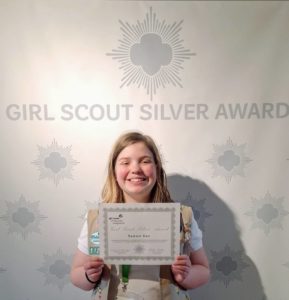
What Visiters Had To Say